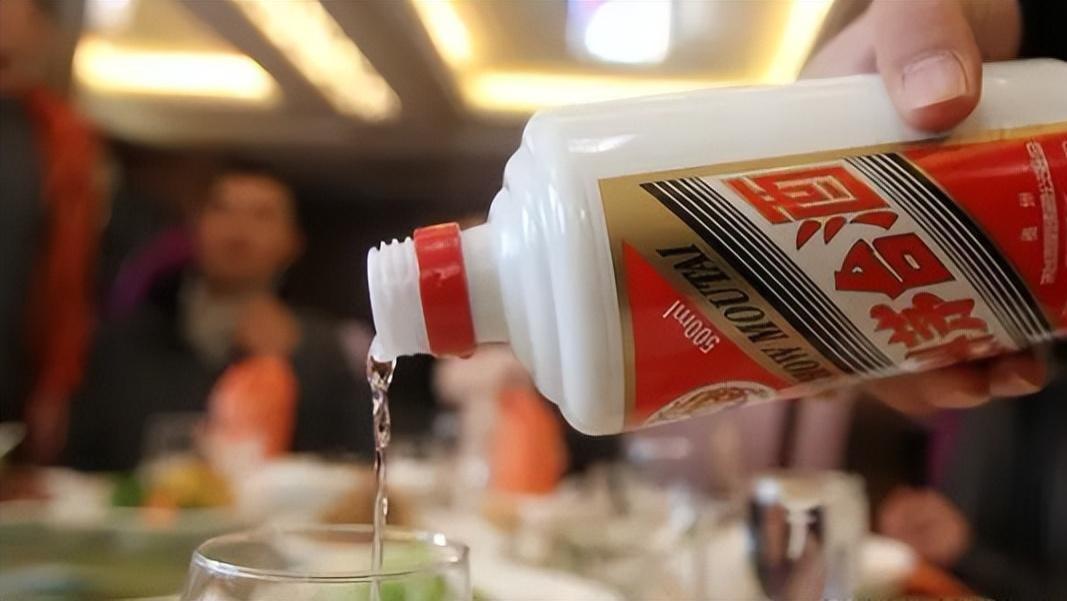Jackson原理探究—Mixins其一
使用场景
Jackson mixins 用来实现在目标类的声明以及定义的情况下,实现 Jackson 的注解添加至目标类的效果。尤其我们在使用第三方类库的时候,这种机制就会显得尤为有用。
接下来我们展示一些实际的使用场景示例:
以 spring security 为例
假设我们要反序列化这个类:
package org.springframework.security.web.csrf;
······
public final class DefaultCsrfToken implements CsrfToken {private final String token;
private final String parameterName;
private final String headerName;
······
public DefaultCsrfToken(String headerName, String parameterName, String token) {
Assert.hasLength(headerName, "headerName cannot be null or empty");
Assert.hasLength(parameterName, "parameterName cannot be null or empty");
Assert.hasLength(token, "token cannot be null or empty");
this.headerName = headerName;
this.parameterName = parameterName;
this.token = token;
}
······
}com.fasterxml.jackson.databind.exc.InvalidDefinitionException: No dserializer found for class org.springframework.security.web.csrf and no properties discovered to create BeanDserializer (to avoid exception, disable SerializationFeature.FAIL_ON_EMPTY_BEANS)我们无法反序列化这两个类,因为这是一个典型的不可变类,所有属性字段在构造器中完成初始化。而jackson 默认的反序列化策略需要一个无参的构造器,并提供字段的内省 (注1) 函数。如果要更改反序列化策略,jackson 需要我们在对象上增加对应的注解。
现在让我们来创建一个 mixin 类来解决这个问题!在我们的 mixin 中,我们将声明我们反序列化所需要的注解:
package org.springframework.security.web.jackson2;
······
@JsonTypeInfo(use = JsonTypeInfo.Id.CLASS, include = JsonTypeInfo.As.PROPERTY, property = "@class")
@JsonIgnoreProperties(ignoreUnknown = true)
class DefaultCsrfTokenMixin {
······
@JsonCreator
public DefaultCsrfTokenMixin(@JsonProperty("headerName") String headerName,
@JsonProperty("parameterName") String parameterName, @JsonProperty("token") String token) {
}
}我们创建了一个 mixin 类,并为其声明了 typeInfo 信息以及要用到的构造器信息
之后,我们需要告诉 Jackson 使用我们的 Mixin。为此,我们需要通过 jackson 的 Module 扩展机制,实现自己的扩展器,告诉 jackson 需要使用我们的 mixin:
/**
* Jackson module for spring-security-web. This module register {@link DefaultCsrfTokenMixin} and
* {@link PreAuthenticatedAuthenticationTokenMixin}. If no default typing enabled by default then it'll enable
* it because typing info is needed to properly serialize/deserialize objects.
* In order to use this module just add this module into your ObjectMapper configuration.
*
*
*ObjectMapper mapper = new ObjectMapper();
*mapper.registerModule(new WebJackson2Module());
*
* Note: use {@link SecurityJackson2Modules#getModules(ClassLoader)} to get list of all security modules.
*
* @author Jitendra Singh
* @see SecurityJackson2Modules
* @since 4.2
*/
public class WebJackson2Module extends SimpleModule {public WebJackson2Module() {
super(WebJackson2Module.class.getName(), new Version(1, 0, 0, null, null, null));
}@Override
public void setupModule(SetupContext context) {
SecurityJackson2Modules.enableDefaultTyping(context.getOwner());
context.setMixInAnnotations(DefaultCsrfToken.class, DefaultCsrfTokenMixin.class);
context.setMixInAnnotations(PreAuthenticatedAuthenticationToken.class, PreAuthenticatedAuthenticationTokenMixin.class);
}
}完成!
这段代码中,摘取自
org.srpingframework.security:spring-security-web:5.1.5.RELEASE这个示例中,spring security 的设计者面对了一个典型的扩展性问题:
早在接入 jackson 之前, spring security 就已经完成了 DefaultCsrfToken 的设计,但是一开始的写法却不能很好的兼容 jackson 的反序列化策略。
此时万幸,jackson 提供了 mixins 机制,这个可以支持外挂式的序列化/反序列化策略声明,从而避免了针对 spring security 核心数据结构的侵入性改变。不得不说,设计的真的很优良!
总结
mixins 机制的使用如上所述,以使用者角度来说,非常的简便,完全是声明式的。而且更重要的是,完全不需要对原来的数据结构设计做任何侵入性改变,这就太重要了,确保了我们的代码足够干净,并可以便捷开放给其他 JSON 库,例如 GSON。
那么 mixins 实际上又是如何实现的呢?请听下回分解:
预留传送门备注
【Jackson原理探究—Mixins其一】注1: 内省:introspector ,java 中指代 bean 的 getter/setter 规范
推荐阅读
- 浅谈systemd原理和应用
- FreeRTOS|FreeRTOS记录(三、RTOS任务调度原理解析_Systick、PendSV、SVC)
- 图片懒加载的原理和实现
- jQuery|滚动加载图片(懒加载)实现原理
- 哈希表的原理
- 面试官(用过|面试官:用过 ZooKeeper 吗( 基本原理你明白吗?))
- 字符串|深入正则表达式(3):正则表达式工作引擎流程分析与原理释义
- 浅析MySQL恶意服务器读取文件原理
- 1.网络工作原理
- JAVA偏向锁的原理与实战













